The Friuli Regional Deformation network (FReDNet)

The Friuli-Venezia Giulia region has been affected by at least 4 earthquakes with intensity I0 equal to or greater than IX in the last five centuries (1511, 1700, 1794, and 1928). The event of 1976 (ML = 6.4, I0 = X) is still vivid in the memory of many, causing the destruction of many historic cities in the region, resulting in approximately 1000 victims and 45,000 displaced people.
Friuli, being located within the active collision zone between Eurasia and the Adriatic block, is clearly characterized by one of the most significant seismic activities in the Adriatic microplate. It is believed that the convergence between the European continent and the Adriatic plate could reach about 2 mm per year.
The GPS (Global Positioning System) technology provides the necessary accuracy to continuously monitor deformations in tectonically active zones. Indeed, by using differential GPS measurements, it is possible to detect local displacements (in 3-D) of the order of the millimeter. This technique allows for direct and accurate estimates of slow deformation velocity, and together with other geological and seismological observations, it is of central relevance for long-term studies of seismic risk. In this context, the National Institute of Oceanography and Experimental Geophysics-OGS has committed itself, with a project funded by MIUR (realization and management of the permanent GPS FReDNet network within the framework of the triennial 'VALERIA: assessment and prevention of environmental risks' Decree N. 784Ric of MIUR d.d. 24/07/2001), to implement a network for monitoring crustal deformations in Friuli Venezia Giulia. FReDNet (Friuli Regional Deformation Network) is the name given to the system born from this project. Its receivers have been active since summer 2002 and collect GPS data 'continuously' with a sampling rate of 1s and 30s. The FReDNet geodetic network was created and is managed by the Centro Ricerche Sismologiche (CRS), a department of OGS, in close collaboration with the Berkeley Seismological Laboratory of the University of California, which has been managing a similar network (Bay Area Rapid Deformation Network – BARD) for northern California for over a decade.
The data from the network includes raw files, daily RINEX files, log sheets, station descriptions, and time series processed by the CRS.
The continuous GPS network represents the first phase of the FReDNet geodetic monitoring project of the Friuli region territory. In addition to continuous crustal deformation measurement, this project also involves a detailed description of the deformation field through annual GPS campaigns.
The main objectives of the FReDNet project are:
- To determine the distribution of crustal deformation in the Italian section of the Eastern Alps;
- To estimate the interseismic stress that accumulates in active faults;
- To monitor the most dangerous faults;
- To develop the hardware and software structure for the management and processing of the collected geodetic data.
The kinematic and dynamic models, tied with the geodetic data collected by the FReDNet network, will help to define the geodynamic model of the Friuli area and the eastern zones of the Adriatic microplate more accurately. Thanks to this more accurate model, it will be possible to better describe both the seismogenic zones and the tectonic processes that control the active deformation of the region.


